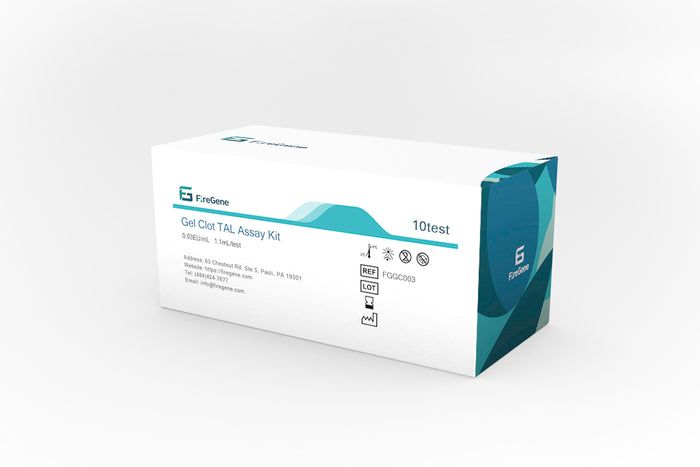
# Endotoxin Detection Using Gel-Clot Assay Reagents
## Introduction to Gel-Clot Endotoxin Reagents
Gel-clot endotoxin reagents are essential tools in pharmaceutical and medical device industries for detecting bacterial endotoxins. These reagents form the basis of the gel-clot method, one of the most traditional and reliable techniques for endotoxin testing. The method relies on the reaction between endotoxins and a lysate derived from the blood cells of the horseshoe crab (Limulus polyphemus or Tachypleus tridentatus).
## How Gel-Clot Endotoxin Reagents Work
The gel-clot assay operates on a simple principle: when endotoxins come into contact with the lysate reagent, they trigger a series of enzymatic reactions that result in clot formation. This process mimics the natural clotting mechanism that protects horseshoe crabs from bacterial infections in their marine environment.
The test procedure involves mixing the sample with the lysate reagent and incubating it at a controlled temperature (typically 37°C ± 1°C) for a specified period. If endotoxins are present above the detection limit, a visible gel clot forms, indicating a positive result.
## Advantages of Gel-Clot Endotoxin Testing
Simplicity and Reliability
The gel-clot method is straightforward to perform and interpret, requiring minimal equipment. The binary nature of the result (clot or no clot) makes it particularly reliable for pass/fail determinations.
Cost-Effectiveness
Compared to other endotoxin detection methods like chromogenic or turbidimetric assays, gel-clot reagents are generally more economical, especially for laboratories performing occasional testing.
Regulatory Acceptance
The gel-clot method is fully compendial and recognized by major pharmacopeias including USP, EP, and JP, making it suitable for regulatory compliance testing.
## Applications of Gel-Clot Endotoxin Reagents
Gel-clot endotoxin reagents find applications across various industries:
- Pharmaceutical quality control for parenteral products
- Medical device testing
- Raw material screening
- Water system monitoring
- Research and development
## Considerations When Using Gel-Clot Reagents
Sensitivity Selection
Gel-clot reagents are available in different sensitivities (typically ranging from 0.03 EU/mL to 0.25 EU/mL). The appropriate sensitivity should be selected based on the product’s endotoxin limit concentration.
Interference Testing
Some samples may interfere with the clotting reaction. Proper validation through spike recovery studies is essential to ensure accurate results.
Keyword: Gel-Clot Endotoxin Reagents
Storage and Handling
Lysate reagents are sensitive to temperature and should be stored according to manufacturer instructions, typically at -20°C or lower until reconstitution.
## Conclusion
The gel-clot method using endotoxin reagents remains a fundamental technique for bacterial endotoxin testing despite the availability of more automated methods. Its simplicity, reliability, and regulatory acceptance make it an enduring choice for many quality control laboratories. Proper understanding and implementation of this method ensure accurate detection of potentially harmful endotoxins in pharmaceutical products and medical devices.